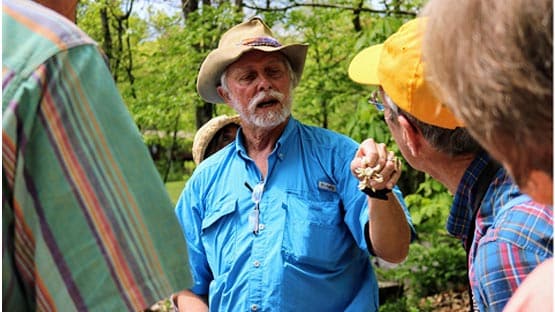
A new discovery by UVA Health researchers about coronary artery disease could help doctors develop new ways to treat and prevent America’s No. 1 killer.
Researchers identified critical biological processes that can go wrong inside the linings of our blood vessels and contribute to the dangerous plaque buildup responsible for the disease.
CAD is responsible for 1 in 4 deaths in the United States. More than 600,000 Americans die from the disease every year, and more than 17 million people die from it worldwide.
“Smooth muscle cells that make up the bulk of our blood vessels play important roles in coronary artery disease. They undergo pathological transformations as the disease develops inside our arteries,” said researcher Dr. Mete Civelek of the University of Virginia School of Medicine’s Center for Public Health Genomics and the Department of Biomedical Engineering. “Our results point to a previously under-appreciated role for metabolic pathways during this pathological transformation.”
Civelek and his team were in search of unravelling a longstanding mystery about the behavior of smooth muscle cells during plaque formation. The cells line our blood vessels and are integral in protecting the body during plaque formation because they build stabilizing caps over the plaques that prevent the lesions from breaking loose and causing strokes. Sometimes, however, the beneficial smooth muscle cells take off their white hats and put on black ones. Instead of helping to stabilize the plaques, they begin to accelerate the plaque development and spur the progression of CAD, according to scientists.
The news discovery by Civelek and his team helps explain why. Noah Perry, a PhD student on Civelek’s team, analyzed smooth muscle cells collected from 151 heart transplant donors and used a sophisticated approach to identify genes responsible for the smooth muscle cells’ behavior.
The researchers initially identified 86 groups of genes, then focused on 18 groups that could explain the mysterious behavior. Their analysis suggested that the smooth muscle cells’ shift to the dark side might stem from problems with how the cells use nitrogen and glycogen, which is how the body stores the sugar glucose.
The researchers also identified a particular sugar, mannose, that may be contributing to problems by potentially triggering them. Scientists said more research is necessary to determine that.
“The metabolic shift in the cells as they transition to a disease state can point to points of intervention and therapy,” Perry of UVA’s Department of Biomedical Engineering and the lead author of the study, said.
Civelek said that by better understanding what triggers the smooth muscle cells to become harmful doctors may be able to develop ways to prevent that from happening, which could open the door to new ways to treat and prevent coronary artery disease.
“Coronary artery disease is still the leading cause of death worldwide,” Civelek said. “Although cholesterol-lowering therapies and blood pressure control have been very effective tools to prevent deaths from heart attacks, we still need more targets to reduce the suffering of patients and their families from this devastating disease.”
The research findings were published in the scientific journal Circulation: Genomic and Precision Medicine.










